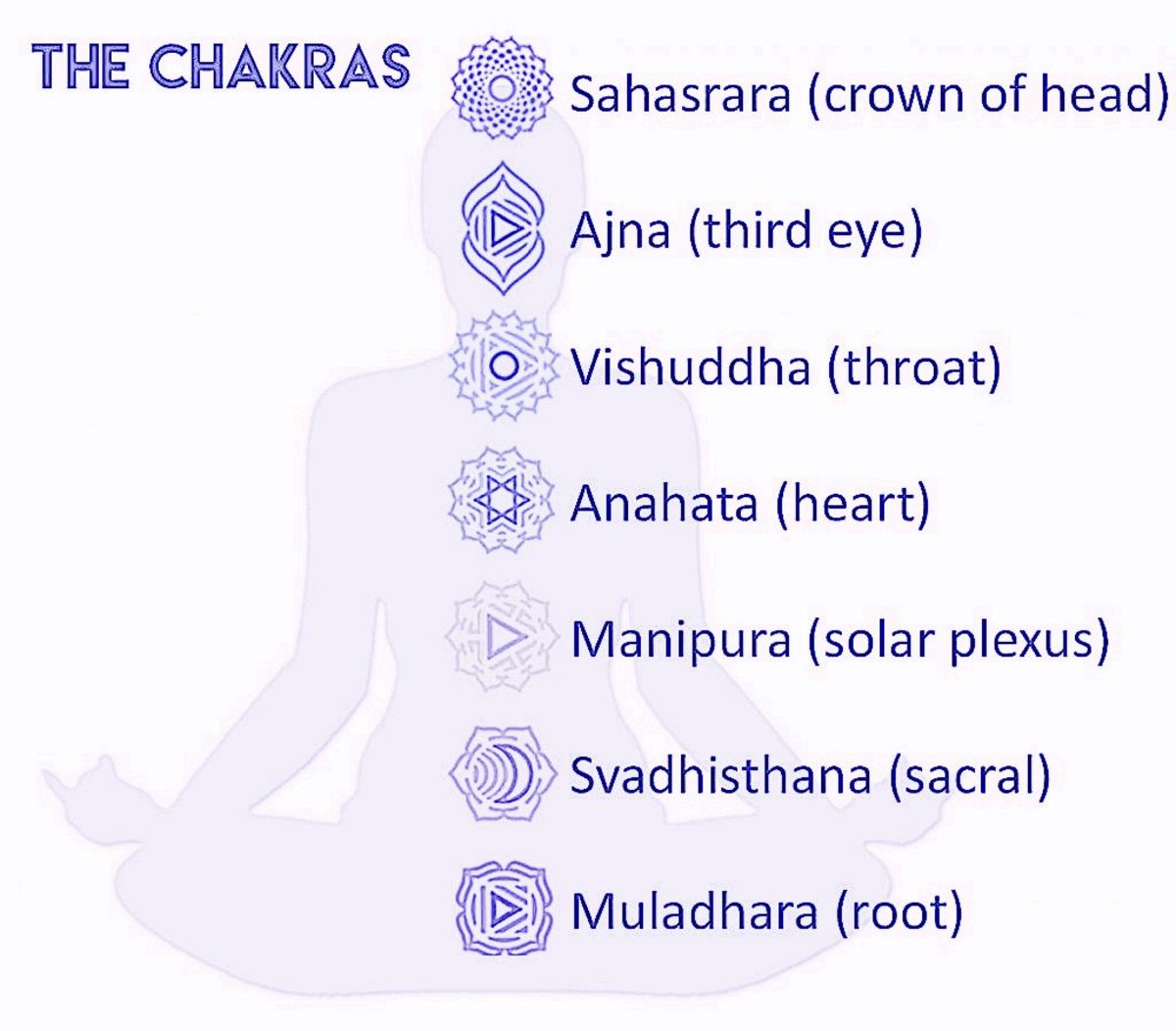A Photographic Process for Nature Shots
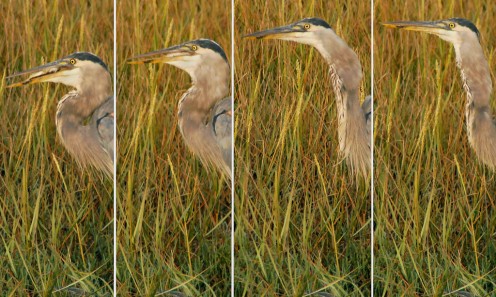
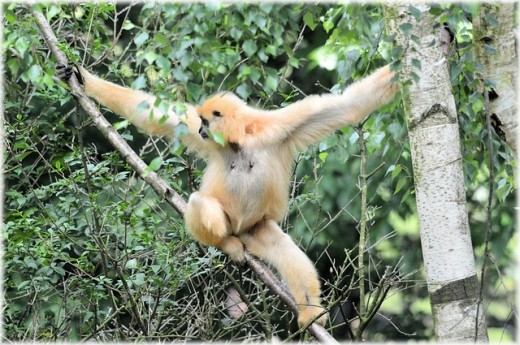
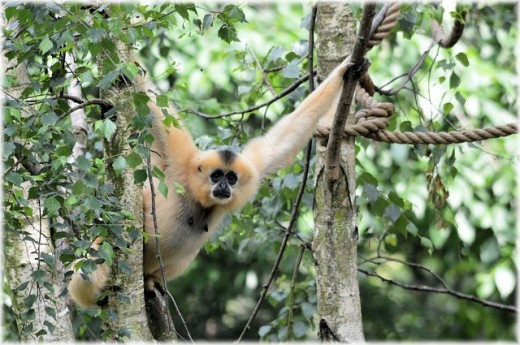
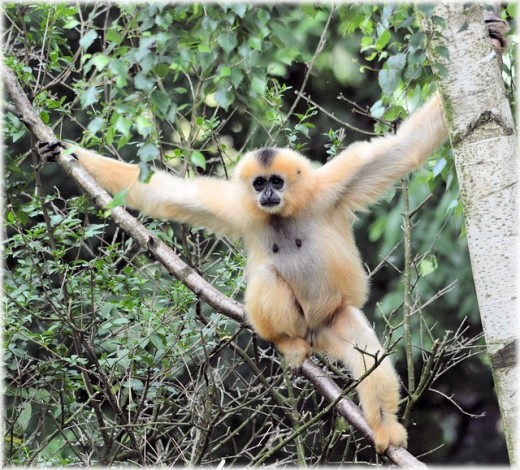
All from one is nothing new. This type of approach has been a staple of professional photographers for a long time.
Most of the most active and successful nature photographers dedicate a large portion of their lives doing this technique.
The concept involves selecting one particular subject from a particular species and recording every single imaginable image of it.
This also includes all aspects of the subject's life and it often includes scenes that appear disturbing at first but fit the overall complete theme.
In other words; you are using a photographic process for nature photography that deviates from the norm of showing one shot/scene per subject. You are in essence doing a sequence.
Basically you choose one single animal subject from a species like mammals. So it would look something like; mammals; felines; African lions and proceed to do a complete detailed photographic project.
This is definitively an ongoing project since it is doubtful that all of the images can be recorded in one sitting or even on many.
There are just too many aspects of the life of any one animal that can be recorded extensively unless one patiently tracks and patiently waits for the scenes to become available.
The best technique involves starting with the one subject that you have chosen and photograph it. Once you are done with that particular subject then you can move on to another completely different subject.
There are many variations to this theme. One is to focus on a predator and its prey; the differences in characteristics, behaviors, foods,and ending with the death struggle in which the prey becomes the sustenance for the predator.
You also have to keep in mind that this project should be moderated in some way. Choose a predetermined number of subjects,to photograph one at a time and them move on; for example tigers, lions, leopards, cheetahs and the the next project being vultures, eagles, falcons, owls etc.
One popular technique is to choose for example animals that prefer one particular area in which to live, mate, hunt and basically spend their entire lives such as rock dwelling birds.
Research is almost mandatory before undertaking this assignment. You must become very familiar with your subject. Where do they live, what foods do they consume,when are they more active, when do they mate.
Another key aspect is to examine your photographic arsenal; do you have the appropriate gear, especially lenses that will enable you to take good photos without putting yourself or your subject in harms way?
Also very helpful is to learn as much as possible about your subject's traveling patterns; do they migrate? and if so when, where and how far?
Consider any travel arrangements and costs that are associated with spending a copious amount of time tracking your subject. Some projects may be done reasonably close to your home, but the majority are usually those that will require some travel and to exotic destinations. So plan accordingly.
Although some of your images might be recorded at a nature preserve or zoo, only take these in a close up mode, excluding any semblance of the enclosure and make the fact known that the images taken are of captive subjects. Nothing can really compare to photographs taken while the animal is on its own turf and completely free. Behaviors are different as well as attitudes.
Another benefit of recording animals in the wild is that you can often choose when to photograph and under what lighting conditions, with early morning or early dusk being the preferred times as well as under cloudy conditions when the light is diffused because of the cloud cover.
This is most always not the case with preserves or zoos with their "open to the public times" or unless you schedule a special viewing time and with a substantial cost, and even then you are subjected to the rules and regulations of the establishment which although meant for the benefit of their animals are often not optimal photographic opportunities.
The majority of images that will result from such a technique are excellent sources for a book publishing endeavor and with the popularity of e-books, this is more true today that in years past. They are also very suitable for many photographic stock houses and non profit animal rights groups and nature conservancy organizations.
There are also a host of nature publications that will look kindly on such a complete collection of images.
Before you consider submitting your images it is advisable to contact these potential clients and inquire about their interest in a work of this magnitude.
Worth doing is including as much information regarding technical aspects, locations, best times for photography, travel arrangements, lodgings if any, best routes and access points, fees, conservation efforts and any special circumstances surrounding each image as well as preparing a detailed written article that accompanies the entire presentation.
- Nature, Wildlife and Landscape Photography Resource
An online nature photography resource dedicated to the art and technique of nature, wildlife and landscape photography.
Do you think this type of technique is a good one to follow?
© 2012 Luis E Gonzalez





